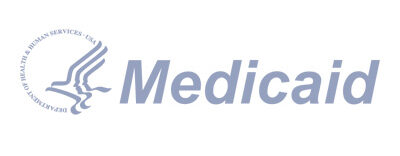Trauma Treatment Approaches
Cognitive Behavioral Therapy (CBT)
In Cognitive Behavioral Therapy (CBT) individuals and therapists work together to explore the ways a person’s thoughts, emotions, and behaviors are connected.
CBT can help you learn to stop, challenge, and change negative thoughts and turn them into positive self-talk.

Eye Movement Desensitization and Reprocessing (EMDR)
Eye Movement Desensitization and Reprocessing (EMDR) was discovered by Francine Shapiro in 1987 when she first recognized the effects of eye movements while thinking about disturbing memories.

EMDR uses a “three-pronged approach” to first process any past experiences that are contributing to the current problem, then processes present situations that trigger maladaptive responses, and finally imagine future templates with the desired adaptive behaviors and positive beliefs.
One of EMDR’s advantages is that it can be used in either a focused, short-term treatment capacity, or a long-term, broad form of therapy.
The EMDR treatment approach is also thought to be integrative as it incorporates elements of psychodynamic, cognitive, experiential, and behavioral orientations, while giving the body a central place in the therapy.
American Psychiatric Association, American Psychological Association, Department of Defense, Department of Veterans Affairs, International Society for Traumatic Stress Studies, Substance Abuse and Mental Health Services America, and the World Health Organization all endorse EMDR as a treatment for trauma.
EMDR is a newer treatment but has been shown to achieve treatment effects that are equivalent to and as long lasting as those of older, even more researched therapies such as CBT and pharmacological interventions.





